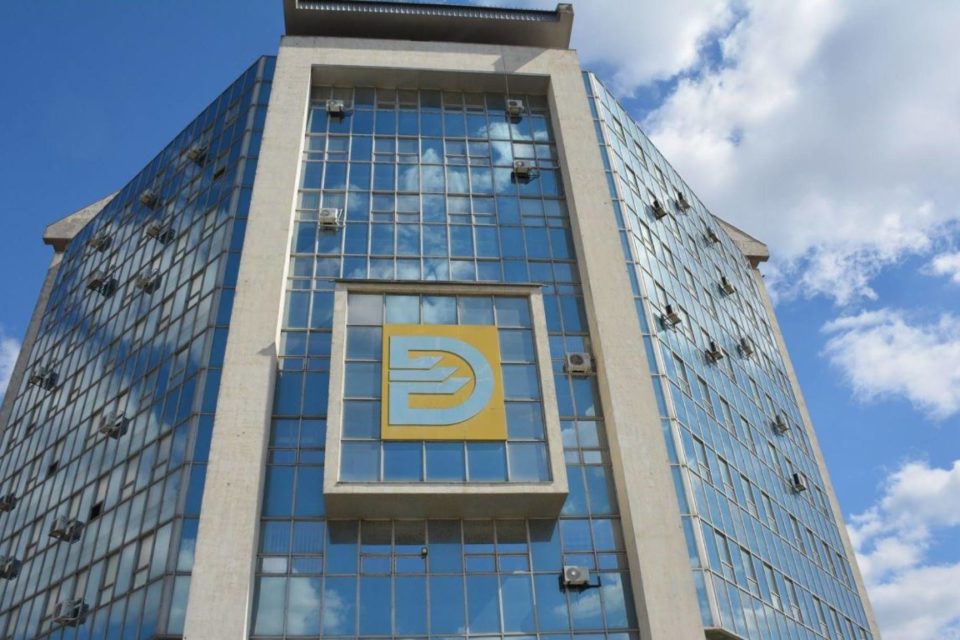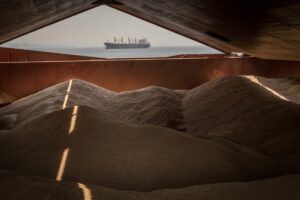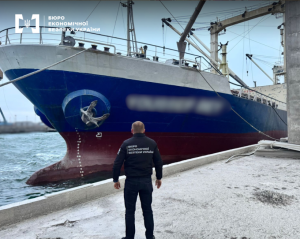The UDS sea fleet wants to be involved in the export of grain from Ukraine

The UDS shared plans for the development of the Danube region and the export of Ukrainian agricultural products. In particular, the company seeks to return to work its marine fleet.
The topic of the export of Ukrainian agricultural products through the Danube in the new season was discussed during the EUROGRAINHUB conference in Bucharest, reports the press service of PJSC “Ukrainian Danube Shipping”.
According to forecasts, a significant increase in harvest is expected in the Danube countries in 2023. Thus, this summer, Constanta may be overflowing with grain from Ukraine and neighboring countries. Cargo turnover may grow to 90-100 million tons, which will cause overloading of the port infrastructure.
“As for the Ukrainian grain flow, currently a significant share of exports from the Danube ports bypasses Constanta. Agricultural products are loaded onto sea vessels that move through the mouth of Bystre. However, the seasonal drop in the water level in the Danube, which begins in July, can harm the exit of sea vessels from Bystro. As a result, Sulina is in trouble again. Grain cargoes will be redirected to the barge fleet, which will head en masse to Constanta,” experts say.
Currently, the UDS has created a complex logistics chain for Ukrainian exports. It includes own transshipment, transportation by barge caravan along the Danube and loading onto a sea vessel in the port of Constanta (Romania) on a side-by-side basis.
“For six months, the logistics scheme was worked out, it is ready for scaling. We are considering increasing transshipment capacity at the port of Constanta, which will allow faster processing of caravans. In particular, other export directions are taken into account – container transportation of processing products or niche agricultural crops to Austria and Germany,” the UDS emphasizes.
They also plan to return steamships to sea transportation. Currently, two UDS sea vessels returned from bareboat charter are due for repair. This season, they are preparing to start their operation as one of the elements of a complex logistics model.
In particular, the UDS is introducing new services for farmers. For example, long-term contracts that allow customers to fix freight rates for the transportation of new crops. The chartering service continues to be provided without brokers and intermediaries.





